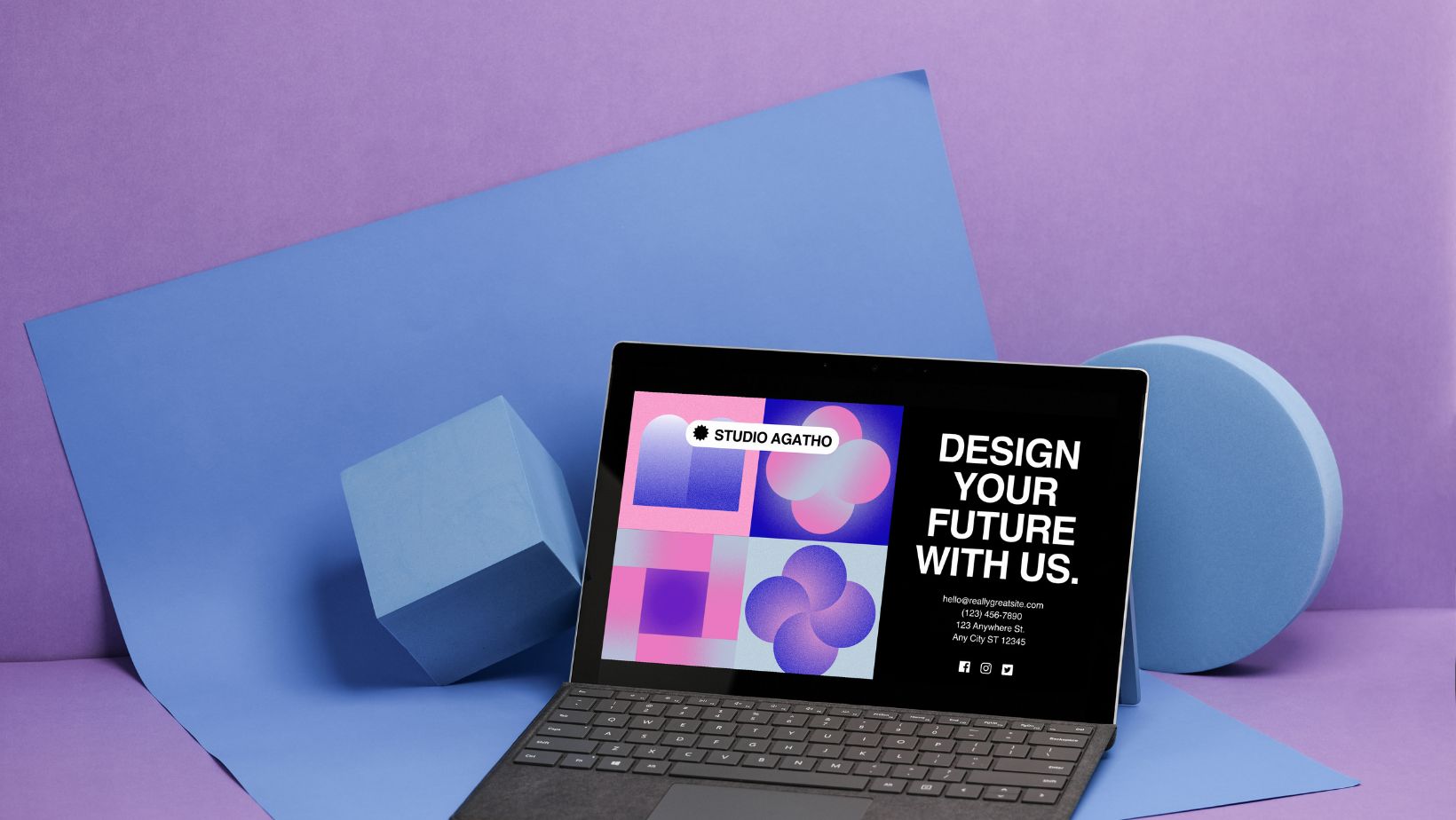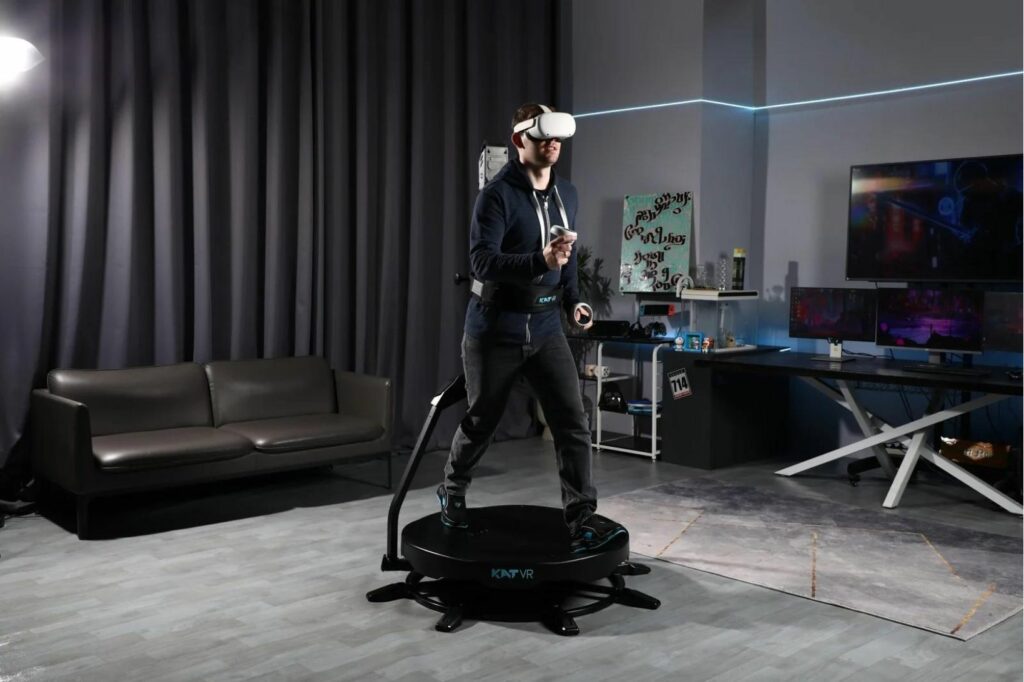In 2025, over 5.4 billion people are active internet users, and more than 60% of global consumers say that how a brand presents itself online significantly influences their purchase decisions. Additionally, 71% of consumers expect companies to deliver personalized experiences, and 90% of leading marketers believe technology plays a vital role in brand growth. These numbers paint a clear picture: in an era dominated by digital interaction, technology is not just an advantage for branding—it is a necessity.
Modern branding has evolved beyond logos, slogans, and packaging. It now relies heavily on data, automation, artificial intelligence, and immersive technologies to craft stories, spark emotional connections, and stay relevant in a competitive market. Whether you’re a startup or a global corporation, leveraging the right technology can elevate your brand from being merely visible to truly unforgettable.
This article explores how technology supports modern branding, focusing on areas such as digital presence, personalization, automation, data analytics, immersive experiences, and AI-powered creativity.
1. Digital Presence and Accessibility
The foundation of modern branding lies in an accessible and consistent digital presence. With smartphones, smart TVs, and wearable tech dominating daily life, brands must be everywhere the consumer is. A seamless website, a responsive mobile app, and optimized social media profiles are no longer optional—they are essential tools for visibility and credibility.
Web development technologies like React, Angular, and WordPress enable brands to build dynamic and engaging websites. Meanwhile, social media platforms powered by complex algorithms (such as Meta’s or TikTok’s) help brands reach targeted audiences with curated content. These platforms not only amplify voice but also allow brands to join conversations in real time, humanizing their image and enhancing relatability.
Moreover, tools like Google My Business and voice search optimization make brands more discoverable, especially in local markets. In essence, digital accessibility enabled by technology is the cornerstone of modern branding.
2. Personalization Through Data and AI
One of the most powerful advantages technology brings to branding is personalization. Consumers are inundated with messages every day. Brands that stand out are those that deliver personalized experiences at scale.
Customer Relationship Management (CRM) systems, such as Salesforce and HubSpot, help businesses track user interactions and preferences. When integrated with AI and machine learning, these systems can predict customer behavior, recommend relevant content, and optimize email marketing efforts.
Take Spotify or Netflix, for example. Their recommendation engines are core to their branding—they don’t just offer content; they offer your content. This level of personalization builds trust and loyalty, creating a deeper emotional connection with the brand.
In e-commerce, technologies like dynamic pricing, personalized product recommendations, and retargeting ads help convert casual browsers into buyers. AI-powered chatbots further personalize the user journey, offering instant support and gathering feedback for future interactions.
3. Automation and Brand Efficiency
Technology streamlines branding processes that would otherwise be manual and inconsistent. From scheduling social media posts to automating customer journeys, automation tools ensure brand messages are delivered on time, at scale, and across multiple platforms.
Marketing automation platforms like Mailchimp, ActiveCampaign, and Marketo allow brands to design, test, and execute multi-step campaigns. These platforms provide rich analytics on what’s working and what needs adjustment, making the brand strategy more agile.
Automation also aids brand consistency. Templates, style guides, and automated approval workflows ensure that every touchpoint—whether it’s a tweet or a customer invoice—reflects the same voice, tone, and visual identity. This level of cohesion strengthens brand recall and trust. In fact, many companies choose to partner with a branding agency to streamline this process, ensuring that automation supports rather than dilutes their identity.
4. Data-Driven Decision Making
Behind every successful modern brand lies a robust data strategy. Data informs branding decisions, from identifying audience segments to choosing campaign themes and channels.
Analytics tools like Google Analytics, Hotjar, and Tableau empower brands to understand user behavior, content performance, and conversion funnels. They turn raw data into actionable insights, allowing brands to iterate campaigns based on what actually resonates with their audience.
Social listening tools like Brandwatch, Sprout Social, and Hootsuite Insights allow brands to monitor sentiment, trends, and competitor activity in real time. These insights can influence everything from product development to crisis communication, making data a dynamic branding ally.
With the rise of predictive analytics, brands can even forecast trends, allowing them to stay ahead of the curve rather than simply reacting. Technology makes it possible to brand proactively instead of reactively.
5. Immersive Experiences: AR, VR, and XR
Immersive technologies are redefining the boundaries of branding by engaging users in memorable, sensory-rich experiences.
Augmented Reality (AR) allows users to interact with brand elements in real-world settings. For example, IKEA’s app lets customers visualize how furniture will look in their homes. This not only adds value but also strengthens the brand’s association with innovation and convenience.

Virtual Reality (VR) goes a step further by creating fully immersive brand experiences. Fashion brands like Gucci and automotive companies like Audi are using VR showrooms to engage customers beyond traditional advertising.
Extended Reality (XR)—a mix of AR, VR, and Mixed Reality (MR)—is becoming a powerful branding medium for industries like travel, real estate, and education. These technologies allow brands to become an experience, rather than just a message.
As headsets become more affordable and the metaverse continues to develop, immersive branding will become increasingly mainstream, driven entirely by technological innovation.
6. AI-Powered Creativity and Content Creation
AI is not just a data or automation tool; it’s also becoming a creative collaborator. Brands today are using AI for everything from copywriting to design, enabling rapid experimentation and iteration.
Tools like ChatGPT, Jasper, and Copy.ai help brands create on-brand messaging in seconds, while Canva’s AI features and Adobe’s Firefly assist in generating compelling visuals that align with brand identity. This accelerates content production without compromising creativity.
Moreover, generative AI tools allow brands to personalize video content, generate product mockups, or even compose music tailored to a brand’s personality. These tools democratize creativity, allowing even small teams to build large-scale branding campaigns.
Importantly, these technologies also provide A/B testing capabilities, so brands can fine-tune creative decisions based on data rather than gut instinct.
7. Brand Communities and Interactive Platforms
Technology supports branding by fostering communities around shared interests and values. Platforms like Discord, Reddit, and Telegram allow brands to engage with niche audiences in a deeper, more conversational way.
Interactive live streams, Q&A sessions, virtual events, and gamification help humanize a brand and foster loyalty. These are not one-time marketing tactics—they’re community-building tools, powered by tech.
Additionally, blockchain technology and Web3 concepts are introducing new dimensions of brand interaction through NFTs, digital ownership, and decentralized platforms. Forward-thinking brands are already exploring these emerging technologies to redefine loyalty and exclusivity.
8. Cybersecurity and Trust
In a time where privacy and data security are major concerns, technology also plays a defensive role in branding. Brands that prioritize security and transparency in how they handle data are more likely to build trust.
Implementing end-to-end encryption, complying with GDPR and CCPA, and clearly communicating data usage policies all contribute to a brand’s integrity. Today, a data breach can irreparably harm a brand’s reputation—thus, technology safeguards are not only IT priorities but branding imperatives.
Conclusion: The Symbiosis of Tech and Brand
Technology does not replace the core of branding—it enhances it. It enables brands to be more human, more personal, more responsive, and more creative. It bridges the gap between vision and execution, between a company and its community.

As emerging tech like generative AI, mixed reality, and blockchain continue to evolve, brands that embrace technological innovation will not only survive—they will lead.
In the digital age, branding is not just about being seen. It’s about being experienced. And technology is what makes that experience possible.



